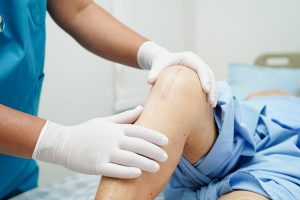
After a car crash, women are more likely to go into shock than men, even when their injuries are less severe, new research shows. “Women are arriving to the trauma bay with signs of shock more often than men, regardless of injury severity,” said study leader Susan Cronn, a researcher at the Medical College of Wisconsin in Milwaukee. “We need to look further into how and why this is happening.” For the study, her team looked at clinical injury data from more than 56,000 car crash victims — half men, half women. Even though men had more injuries overall, women suffered more injuries to the pelvis and liver, they found. More importantly, women surpassed a shock index greater than 1.0 more often than men. This was true even for those with fewer, less severe injuries. Healthy adults have a normal shock index between 0.5 and 0.7. Higher numbers may be a warning sign of a life-threatening condition called hemorrhagic shock, in which blood pressure, heart rate and body temperature plummet. Often caused by heavy blood loss, it can be a predictor of premature death. “Our findings might mean that women’s bodies have less capacity to function when physiological changes occur, that some injuries might have more impact on female bodies, or that female bodies handle blood loss differently than male bodies,” Cronn said. “It might… read on > read on >

































-300x200.jpg)




